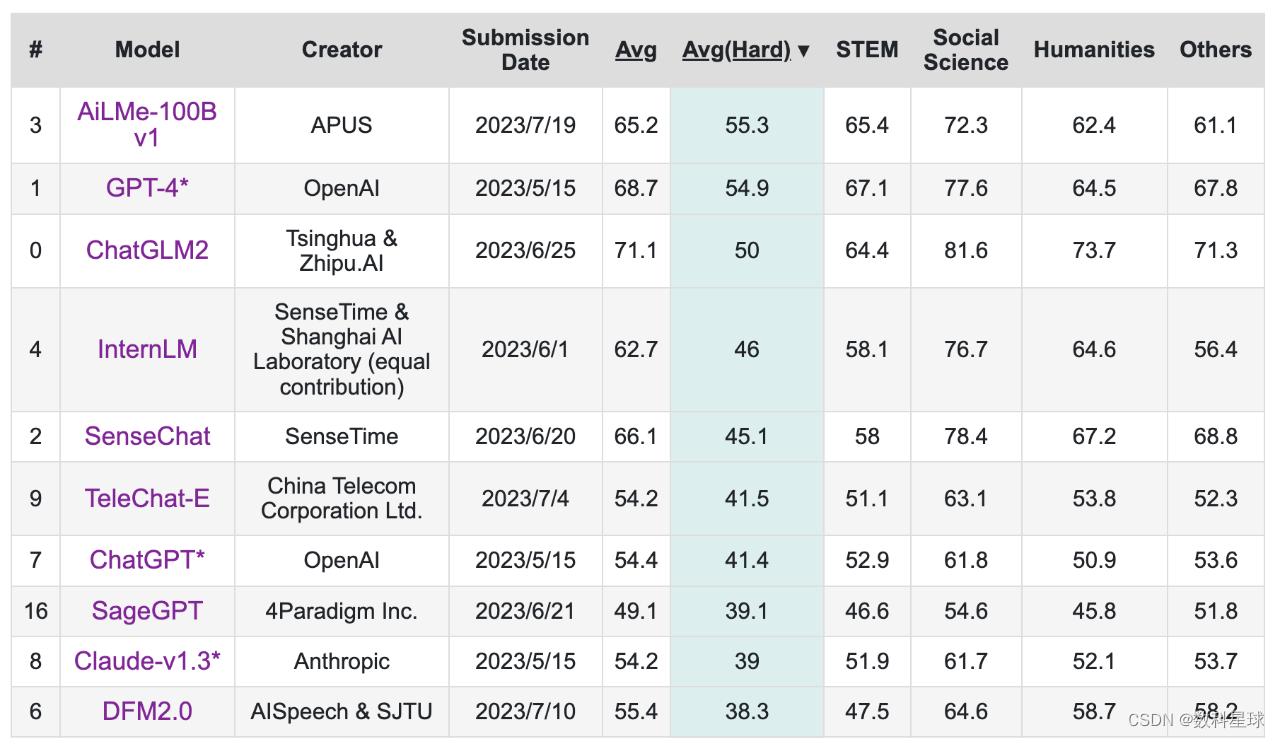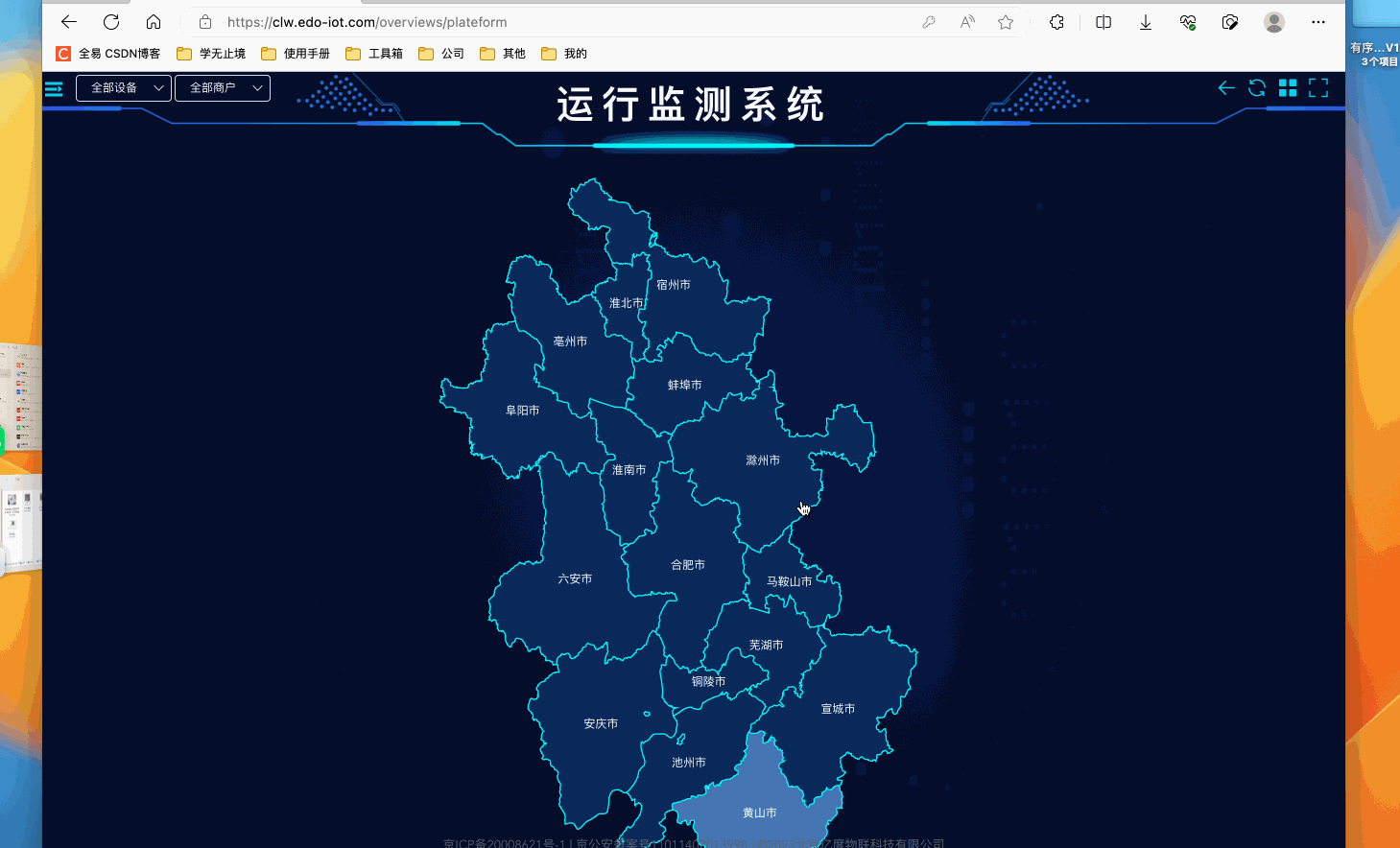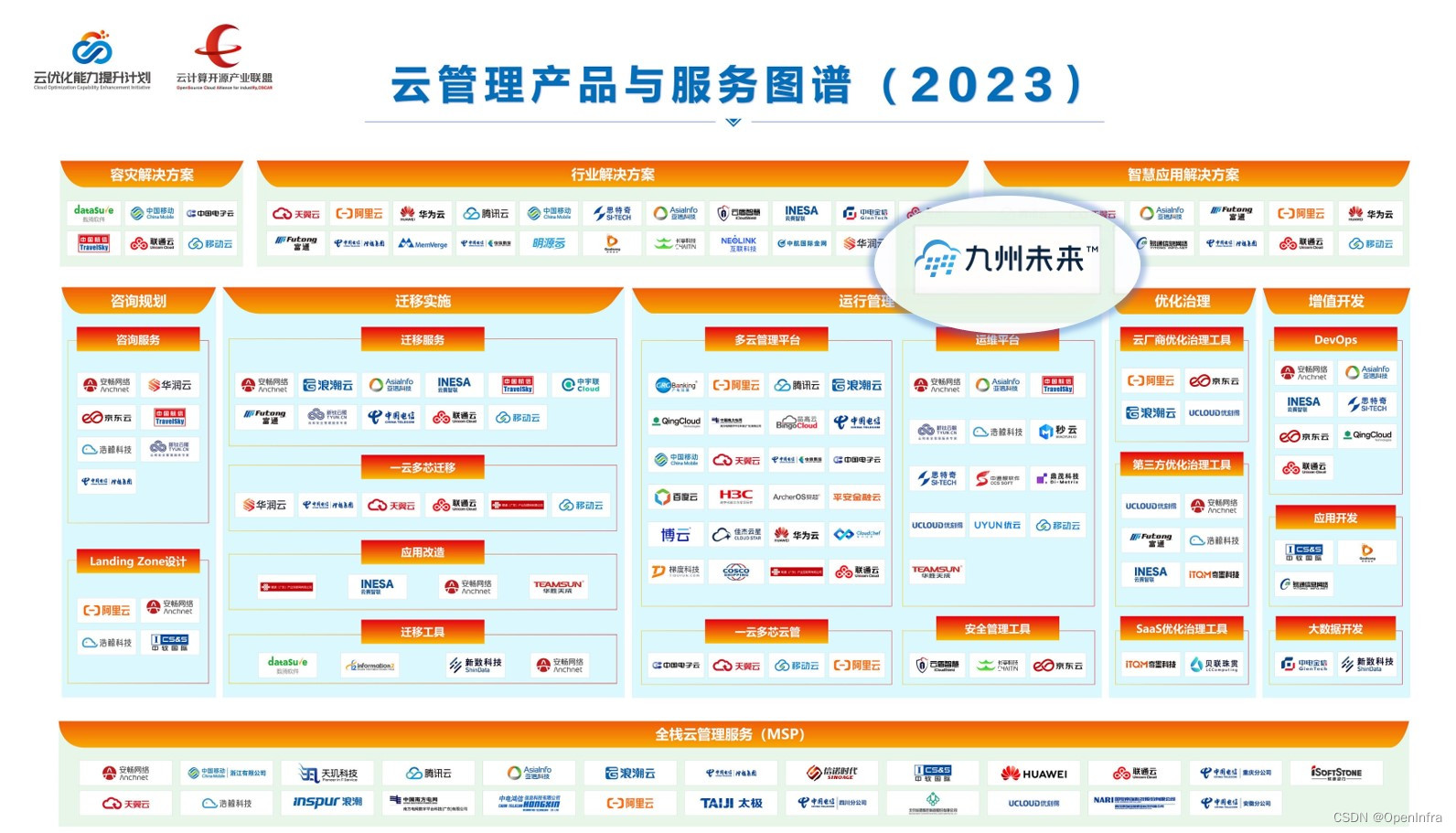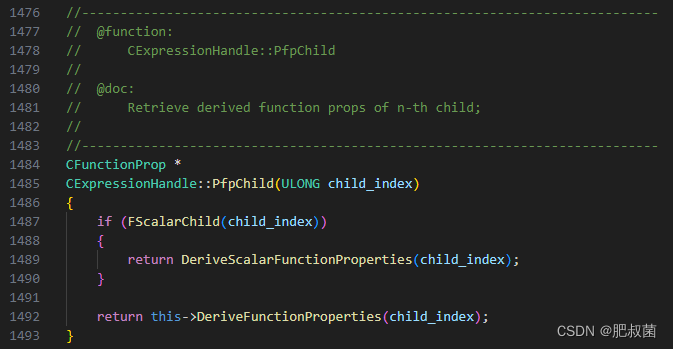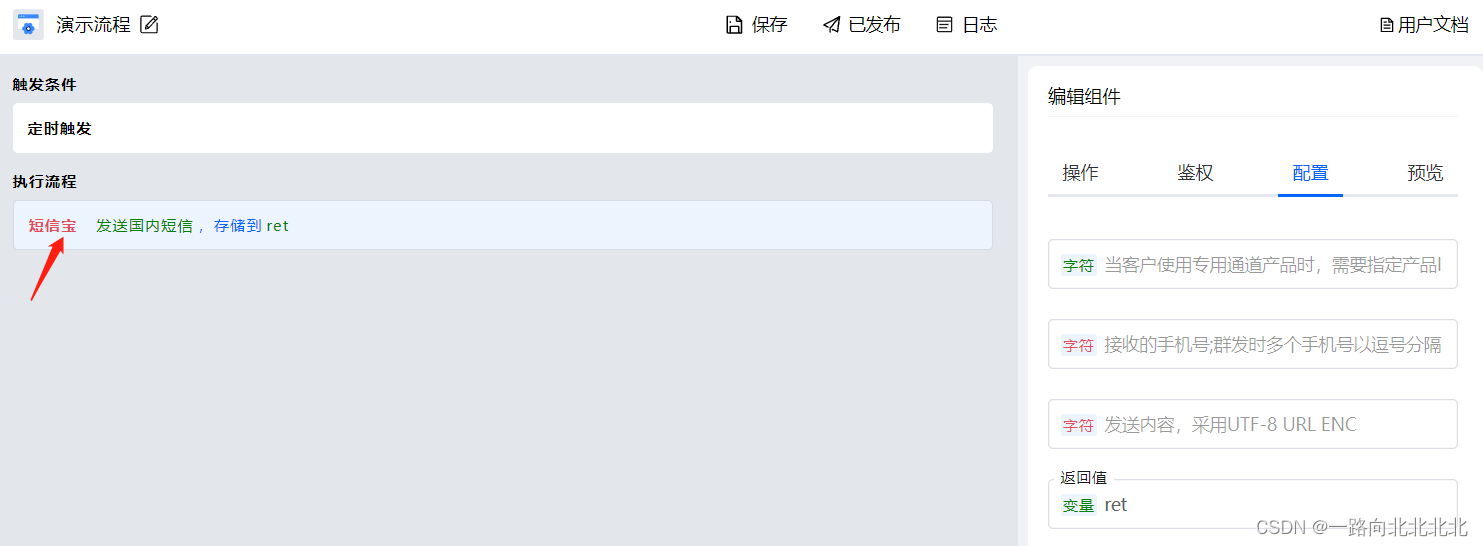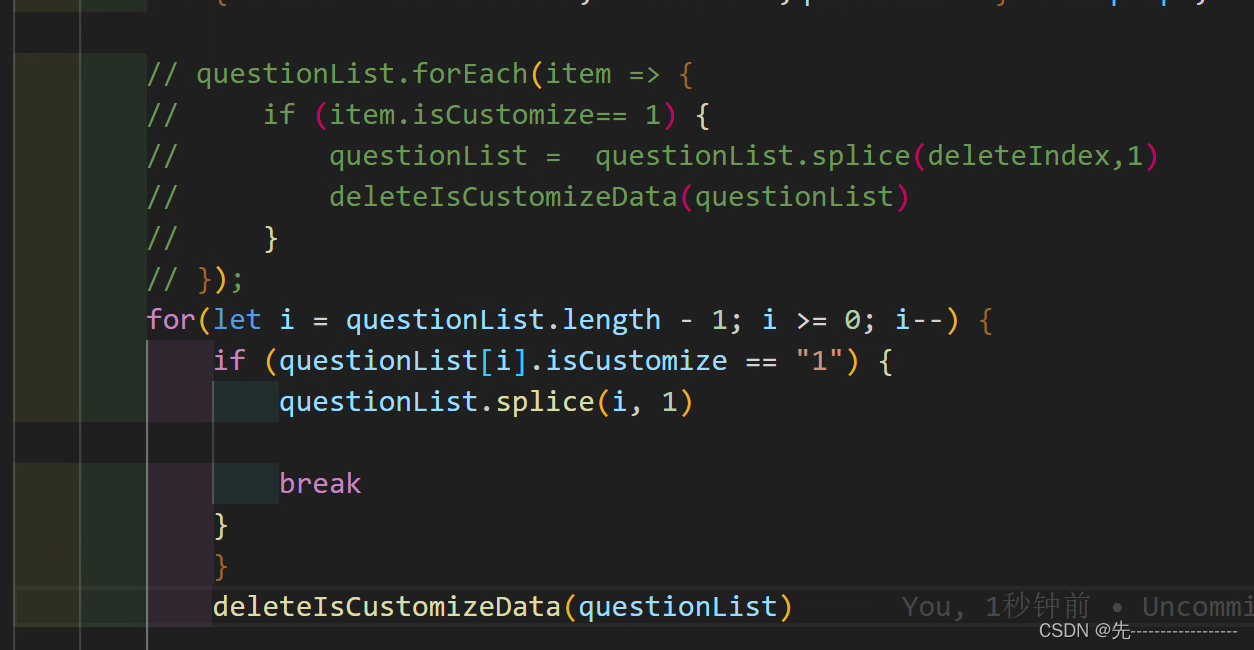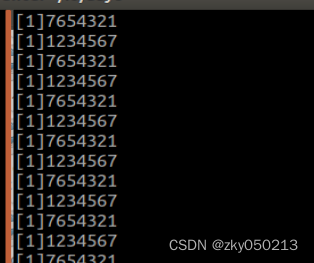目录
- ⛳ Java注解
- 🏭 一,常见的注解
- 🎨 二,JDK元注解
- 🚜 三,通过反射获取注解
- 🐾 3.1、JDK常用注解
- 👣 3.2、简单注解
- 📢 3.3、复杂注解
⛳ Java注解
- 从 JDK 5.0 开始, Java 增加了对元数据(MetaData) 的支持, 也就是Annotation(注解)
- Annotation 其实就是代码里的特殊标记, 这些标记可以在编译, 类加载, 运行时被读取, 并执行相应的处理。通过使用 Annotation, 程序员可以在不改变原有逻辑的情况下, 在源文件中嵌入一些补充信息。 代码分析工具、开发工具和部署工具可以通过这些补充信息进行验证或者进行部署。
- Annotation 可以像修饰符一样被使用, 可用于修饰包,类, 构造器, 方法, 成员变量, 参数, 局部变量的声明, 这些信息被保存在Annotation的 “name=value” 对中。
- 在JavaSE中,注解的使用目的比较简单,例如标记过时的功能,忽略警告等。在JavaEE/Android中注解占据了更重要的角色,例如用来配置应用程序的任何切面, 代替JavaEE旧版中所遗留的繁冗代码和XML配置等。
- 未来的开发模式都是基于注解的, JPA是基于注解的, Spring2.5以上都是基于注解的, Hibernate3.x以后也是基于注解的,现在的Struts2有一部分也是基于注解的了,注解是一种趋势,一定程度上可以说: 框架 = 注解 + 反射 + 设计模式
- 使用 Annotation 时要在其前面增加 @ 符号, 并把该 Annotation 当成一个修饰符使用。 用于修饰它支持的程序元素
🏭 一,常见的注解
- @Override: 限定重写父类方法, 该注解只能用于方法
- @Deprecated: 用于表示所修饰的元素(类, 方法等)已过时。通常是因为所修饰的结构危险或存在更好的选择
- @SuppressWarnings: 抑制编译器警告
public class AnnotationTest{
public static void main(String[] args) {
@SuppressWarnings("unused")
int a = 10;
}
@Deprecated
public void print(){
System.out.println("过时的方法");
}
@Override
public String toString() {
return "重写的toString方法()";
}
}
🎨 二,JDK元注解
-
JDK 的元 Annotation 用于修饰其他 Annotation 定义
-
JDK5.0提供了4个标准的meta-annotation类型, 分别是:
-
- Retention (保持,保留)
- Target (目标,指标)
- Documented (备有证明文件的)
- Inherited (遗传的;继承)
-
@Retention: 只能用于修饰一个 Annotation 定义, 用于指定该 Annotation 的生命周期, @Rentention 包含一个 RetentionPolicy 类型的成员变量, 使用@Retention 时必须为该 value 成员变量指定值:
-
- RetentionPolicy.SOURCE:在源文件中有效(即源文件保留) , 编译器直接丢弃这种策略的注释
- RetentionPolicy.CLASS:在class文件中有效(即class保留) , 当运行 Java 程序时, JVM不会保留注解。 这是默认值
- RetentionPolicy.RUNTIME:在运行时有效(即运行时保留) , 当运行 Java 程序时, JVM 会保留注释。程序可以通过反射获取该注释。
-
@Target: 用于修饰 Annotation 定义, 用于指定被修饰的 Annotation 能用于修饰哪些程序元素。 @Target 也包含一个名为 value 的成员变量。
-
JDK1.8@Target新增类型如下:
-
- ElementType.TYPE_PARAMETER 表示该注解能写在类型变量的声明语句中(如: 泛型声明) 。
- ElementType.TYPE_USE 表示该注解能写在使用类型的任何语句中。
-
Java 8新增可重复注解:
-
@Documented: 用于指定被该元 Annotation 修饰的 Annotation 类将被javadoc 工具提取成文档。 默认情况下, javadoc是不包括注解的。
-
- 定义为Documented的注解必须设置Retention值为RUNTIME。
-
@Inherited: 被它修饰的 Annotation 将具有继承性。如果某个类使用了被@Inherited 修饰的 Annotation, 则其子类将自动具有该注解。
-
- 比如:如果把标有@Inherited注解的自定义的注解标注在类级别上,子类则可以继承父类类级别的注解
🚜 三,通过反射获取注解
-
JDK 5.0 在 java.lang.reflect 包下新增了 AnnotatedElement 接口, 该接口代表程序中可以接受注解的程序元素
-
当一个 Annotation 类型被定义为运行时 Annotation 后, 该注解才是运行时可见, 当 class 文件被载入时保存在 class 文件中的 Annotation 才会被虚拟机读取
-
程序可以调用 AnnotatedElement对象的如下方法来访问 Annotation 信息

🐾 3.1、JDK常用注解
Person:
package org.example.a_often_annotation;
public class Parent {
@SuppressWarnings("unused") // 抑制编译器警告
public void f1(){
System.out.println("parent f1");
}
@Deprecated // 用于表示所修饰的元素(类,方法等)已过时。通常是因为所修饰的结构危险或者存在了更好的选择
public void f2(){
System.out.println("parent f2");
}
public static void main(String[] args) {
@SuppressWarnings("unused")
int i = 123;
Children children = new Children();
children.f1();
children.f2();
}
}
children:
package org.example.a_often_annotation;
public class Children extends Parent{
@Override
public void f1() {
System.out.println("children f1");
}
@Override
public void f2() {
System.out.println("children f2");
}
@Override
public String toString() {
return "Children{}";
}
}
👣 3.2、简单注解
@Inherited
@Retention(RetentionPolicy.RUNTIME)
@Target({ElementType.FIELD, ElementType.METHOD})
public @interface MyAnnotation {
}
使用注解:
package org.example.b_simple_annotation;
public class Person {
@MyAnnotation
private String name;
@MyAnnotation
private int age;
public String getName() {
return name;
}
public void setName(String name) {
this.name = name;
}
public int getAge() {
return age;
}
public void setAge(int age) {
this.age = age;
}
@MyAnnotation
public void show(){
System.out.println("person -> show");
}
@MyAnnotation
public void display(){
System.out.println("person -> display");
}
}
测试:
package org.example.b_simple_annotation;
import org.junit.Test;
import java.lang.reflect.Method;
public class TestAnnotation {
/**
* 反射调用类中的方法
*/
@Test
public void test1(){
try {
Class<?> personClass = Class.forName("org.example.b_simple_annotation.Person");
Object personBean = personClass.newInstance();// 创建处一个person类的实例
Method show = personClass.getMethod("show");
show.invoke(personBean); // 调用反射方法
} catch (Exception e) {
e.printStackTrace();
}
}
/**
* 注解调用方法
*/
@Test
public void test2(){
try {
Class<?> personClass = Class.forName("org.example.b_simple_annotation.Person");
Object personBean = personClass.newInstance();// 创建处一个person类的实例
// 方法有注解@MyAnnotation执行,没有的不执行
Method[] methods = personClass.getMethods(); // 得到所有的方法
for (int i = 0; i < methods.length; i++) {
if(methods[i].isAnnotationPresent(MyAnnotation.class)){
methods[i].invoke(personBean);
}
}
} catch (Exception e) {
e.printStackTrace();
}
}
}
📢 3.3、复杂注解
注解:
package org.example.c_complex_annotation;
import java.lang.annotation.*;
@Inherited // 表示如果有类使用该注解,这个类的所有子类也自动继承该注解
@Repeatable(MyAnnotations.class) // 表示该注解在一个地方可以重复出现,实际上是多个该注解合成一个MyAnnotations注解
@Retention(RetentionPolicy.RUNTIME) // 用于指定该 Annotation 的生命周期,runtime表示运行时保留
@Target({ElementType.FIELD,ElementType.METHOD})
public @interface ComplexAnnotation {
String value() default "value的初始值";
}
package org.example.c_complex_annotation;
import java.lang.annotation.*;
@Inherited
@Retention(RetentionPolicy.RUNTIME)
@Target({ElementType.FIELD,ElementType.METHOD})
public @interface ComplexAnnotation2 {
}
package org.example.c_complex_annotation;
import java.lang.annotation.*;
@Inherited
@Retention(RetentionPolicy.RUNTIME)
@Target({ElementType.FIELD,ElementType.METHOD})
public @interface MyAnnotations {
ComplexAnnotation[] value();
}
用例:
package org.example.c_complex_annotation;
public class CPerson {
private String name;
private int age;
public String getName() {
return name;
}
public void setName(String name) {
this.name = name;
}
public int getAge() {
return age;
}
public void setAge(int age) {
this.age = age;
}
@ComplexAnnotation(value = "hello show")
public void show(){
System.out.println("CPerson -> show");
}
@ComplexAnnotation
public void display(){
System.out.println("CPerson -> display");
}
// @MyAnnotations({@ComplexAnnotation("hello f2-1"),@ComplexAnnotation("hello f2-2")}) // 等价于下面两个@ComplexAnnotation注解
@ComplexAnnotation("hello f2-1")
@ComplexAnnotation("hello f2-2")
@ComplexAnnotation2
public void f2(){
System.out.println("CPerson -> f2");
}
}
测试:
package org.example.c_complex_annotation;
import org.junit.Test;
import java.lang.annotation.Annotation;
import java.lang.reflect.Method;
public class CTestAnnotation {
@Test
public void test1(){
try {
Class<?> personClass = Class.forName("org.example.c_complex_annotation.CPerson");
Object personBean = personClass.newInstance();// 创建处一个person类的实例
Method show = personClass.getMethod("show");
show.invoke(personBean); // 调用反射方法 结果:CPerson -> show
} catch (Exception e) {
e.printStackTrace();
}
}
/**
* 得到方法上的所有注解
*/
@Test
public void test2(){
try {
Class<?> personClass = Class.forName("org.example.c_complex_annotation.CPerson");
Object personBean = personClass.newInstance();// 创建处一个person类的实例
Method f2 = personClass.getMethod("f2");
Annotation[] annotations = f2.getAnnotations();
for (int i = 0; i < annotations.length; i++) {
System.out.println(annotations[i]);
/**
* 结果:
* @org.example.c_complex_annotation.MyAnnotations(value=[@org.example.c_complex_annotation.ComplexAnnotation(value=hello f2-1), @org.example.c_complex_annotation.ComplexAnnotation(value=hello f2-2)])
* @org.example.c_complex_annotation.ComplexAnnotation2()
*/
}
} catch (Exception e) {
e.printStackTrace();
}
}
/**
* 得到方法上的特定注解的值
*/
@Test
public void test3(){
try {
Class<?> personClass = Class.forName("org.example.c_complex_annotation.CPerson");
Object personBean = personClass.newInstance();// 创建处一个person类的实例
Method show = personClass.getMethod("show");
ComplexAnnotation annotation = show.getAnnotation(ComplexAnnotation.class);
System.out.println(annotation.value()); // 结果:hello show
} catch (Exception e) {
e.printStackTrace();
}
}
/**
* 得到方法上的特定注解的值
*/
@Test
public void test4(){
try {
Class<?> personClass = Class.forName("org.example.c_complex_annotation.CPerson");
Object personBean = personClass.newInstance();// 创建处一个person类的实例
Method display = personClass.getMethod("display");
ComplexAnnotation annotation = display.getAnnotation(ComplexAnnotation.class);
System.out.println(annotation.value()); // 结果:value的初始值
} catch (Exception e) {
e.printStackTrace();
}
}
}

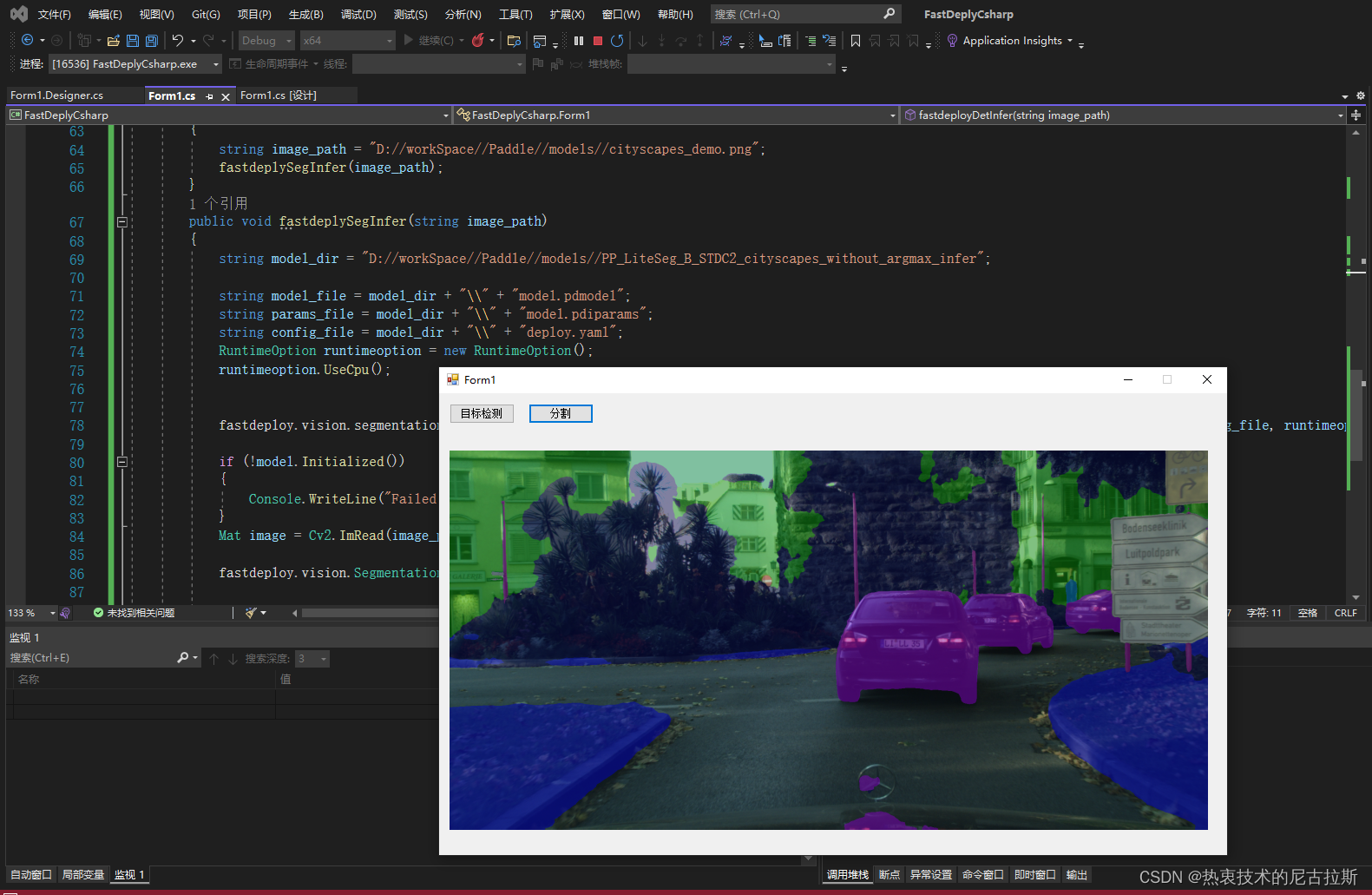
![[机器学习]线性回归模型](https://img-blog.csdnimg.cn/554e41c26f654a3c95a9bf05000715d5.png)

